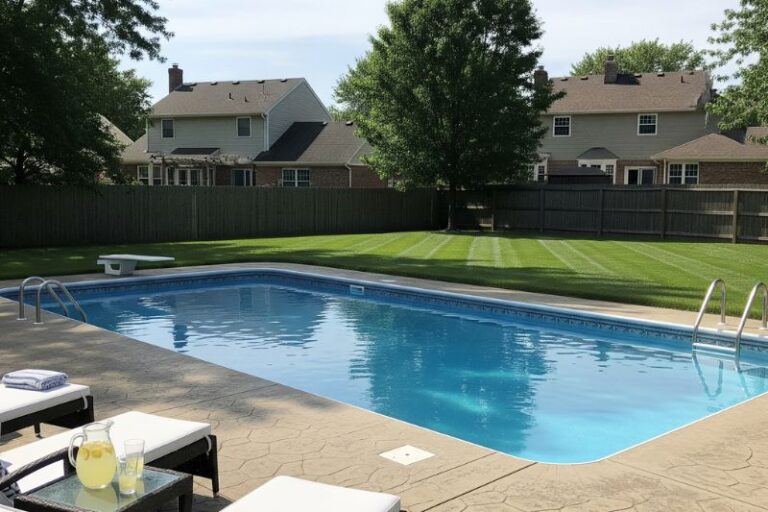Chapter One: The Clues
It started with a complaint. The homeowner swore up and down they followed every instruction. “I shocked it. I brushed the walls. I cleaned the filter. I even used clarifier,” they said, pacing beside their dull, greenish pool. The water didn’t sparkle. It didn’t even look improved. Something wasn’t adding up.
The pool looked like it had been cared for. The test kit showed balanced levels. But the symptoms didn’t match. So I started poking around, looking for what was missed.
Chapter Two: The Scene
I scanned the pool deck first. The tools were all there: a decent brush, telescopic pole, the bottle of clarifier half-used. Filter looked recently cleaned, but I could already tell something felt off. That water wasn’t just cloudy. It had a subtle tint and a certain sluggishness in the movement. It was the kind of cloudiness you get when the filtration system is doing half the job and pretending it’s done enough.
Chapter Three: The Interrogation
“When did you last vacuum manually?” I asked.
They paused. “Oh, uh… last week? I think? I used the vacuum and it sucked up stuff fine.”
That “I think” bothered me. People always remember the brushing and shocking because it feels like action. But vacuuming? That’s grunt work. Easy to skip, especially when you’re tired or short on time.
I asked to see the vacuum hose. That’s when it all started to come together.
Chapter Four: The Smoking Gun
The hose looked clean, but when I bent it, fine cracks along the ribs opened up. Tiny, almost invisible splits that let air in. That one detail changed everything.
If your vacuum hose sucks in air, it ruins suction. If suction fails, debris gets missed. If debris stays in, no amount of clarifier or brushing will save you. And if the vacuum is connected through a leaky hose? You’re basically stirring dirt around for fun.
“This is the issue,” I said, holding up the cracked section.
Chapter Five: A History of Mistakes
Turns out, they’d been relying on that hose for a long time. They’d replaced cartridges, added chemicals, and ran the pump religiously. But the one weak link in the chain, this aging, damaged hose, was undoing all the effort.
Poor suction means poor debris removal. Poor debris removal means overloaded filters. Overloaded filters mean cloudy water, even with balanced levels. It all came back to this innocent-looking accessory.
Chapter Six: The Confession
Once we swapped the hose for a new one and vacuumed properly, the results were almost instant. Filtration caught up. Water clarity improved. That sluggish movement disappeared. Suddenly, everything else they were doing started working the way it was supposed to.
“I can’t believe it was just the hose,” they said.
“Not just,” I said. “It’s always something small that tells the truth.”
Chapter Seven: Case Closed
The mystery of the recurring pool issues was solved by a hose that couldn’t lie. So next time you’re throwing chemicals at a problem, take a step back and inspect the basics. Your pool won’t fix itself, but the clues are always there.
Even if they’re hiding in a cracked vacuum hose.




